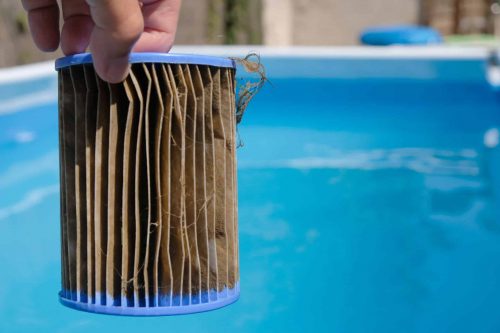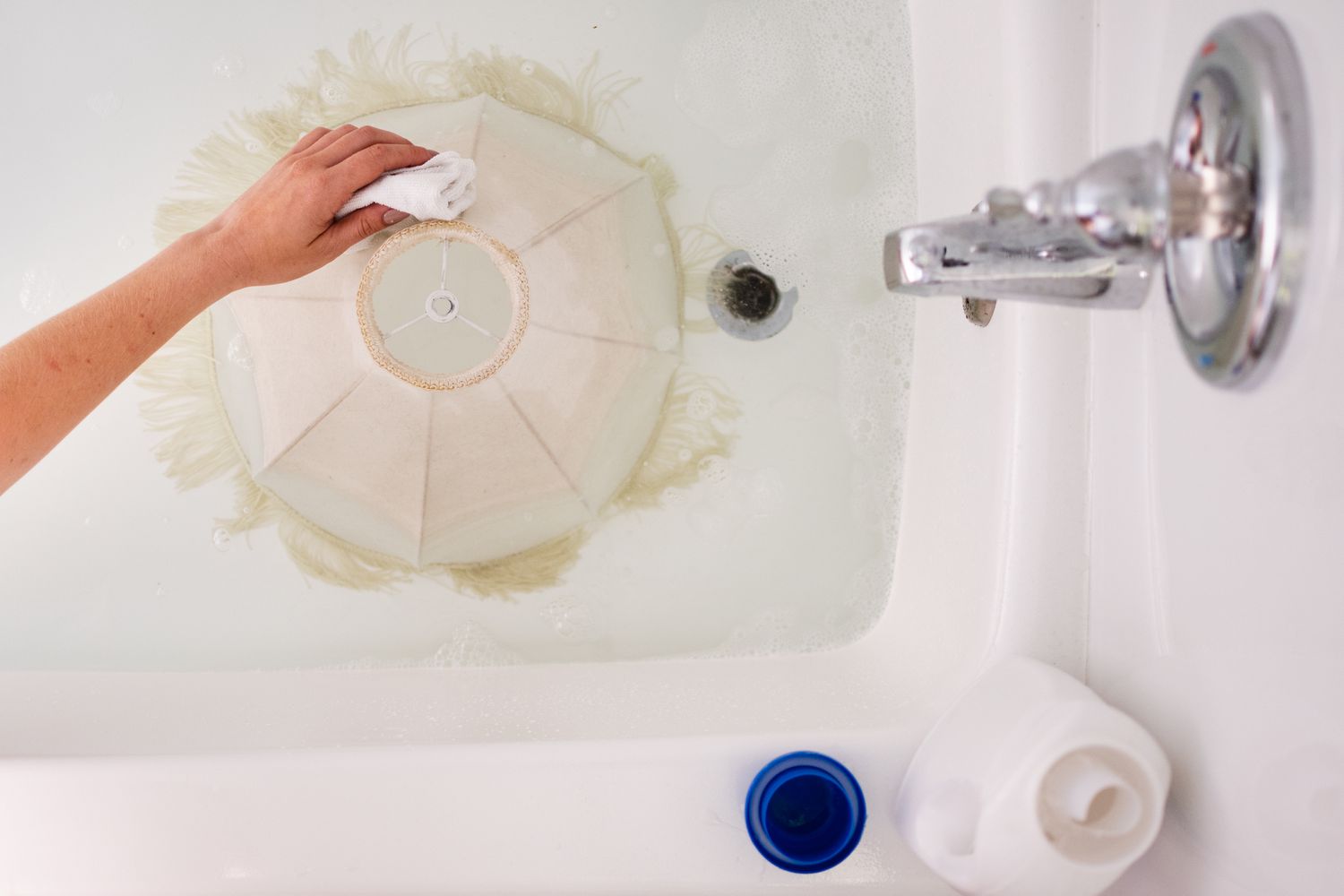A swimming pool brings relaxation, exercise, and family fun — but it also requires regular maintenance to stay safe and clear. One of the most important parts of that upkeep is cleaning your cartridge-type pool filter. Over time, dirt, debris, and minerals build up inside the filter, reducing efficiency and water quality.
Instead of replacing the cartridge every season, you can easily clean it to restore performance, save money, and reduce waste. In this detailed guide, we’ll show you exactly how to clean a cartridge pool filter, from simple rinsing to chemical and acid treatments for deep cleaning.
Why Cleaning Your Pool Cartridge Filter Matters
Your pool’s filtration system keeps the water crystal clear by trapping contaminants like dirt, leaves, oils, and sunscreen residue. When the filter becomes clogged, your pump has to work harder, water circulation slows down, and you risk cloudy or green water.
A clean filter means:
-
Better water clarity and hygiene
-
Lower energy use and longer pump life
-
Reduced maintenance costs
-
Consistent filtration performance throughout the season
Method 1: Removing the Filter Safely
Step 1: Check Pressure Gauge Levels
Monitor the pressure gauge on your filter system. When it rises 7–10 pounds per square inch (psi) above normal operating pressure, it’s time to clean the filter. This increase signals that water flow is being restricted by debris buildup.
If your filter pressure doesn’t rise but your water looks cloudy, inspect the filter manually for damage or leaks.
Step 2: Turn Off Power and Water
Shut off the pool pump at the circuit breaker and close the water supply to prevent electrical hazards and flooding while removing the filter.
Step 3: Release Air Pressure
Find and open the air relief valve on top of the filter tank. You’ll hear a hiss as trapped air escapes, releasing internal pressure and draining water from the system.
Step 4: Open the Filter Housing
Most cartridge filters are held in place with a clamp or locking ring. Use a wrench or pliers to loosen it, then carefully lift the lid off. Remove the cartridge by pulling it straight up and out.
⚠️ Warning: Be gentle with the seal gasket between the top and bottom of the filter housing. Damaging it can cause leaks later.
Step 5: Inspect the Cartridge
Check the cartridge for holes, tears, or worn pleats. If damaged, replace it immediately instead of cleaning. A compromised filter cannot properly trap contaminants.
Method 2: Removing Large Debris with Water
Step 1: Spray with a Garden Hose
Rinse the filter using a garden hose set to a moderate spray. Spray between the pleats to remove dirt, leaves, and insects. Avoid using a high-pressure washer, which can damage the pleats.
Step 2: Let It Dry Completely
Lay the filter in a sunny area to dry thoroughly. Sunlight helps kill bacteria and algae trapped in the media. Depending on weather conditions, drying may take 1–3 hours.
Step 3: Shake or Blow Out Debris
Once dry, tap the filter gently on the ground, brush it with a soft-bristle brush, or use an air compressor to blow out remaining particles. Avoid breathing in dust from the filter — it may contain irritants.
Step 4: Reinspect the Filter
If the filter still looks oily or dusty white, proceed to the next method for deeper cleaning using chemicals or acid.
Method 3: Cleaning the Filter with Chemical Solution
Step 1: Buy a Filter Cleaning Solution
Oily residues from sunscreen and body lotions can cling to filter fibers. Use a pool cartridge cleaner (available online or at pool stores) to dissolve these oils. Avoid using household detergents, as they can foam excessively.
Step 2: Prepare Cleaning Containers
Get two large plastic containers or buckets — one with a lid for soaking and another for rinsing. Ensure they are tall enough to fully submerge your filter.
Step 3: Mix the Cleaning Solution
Follow the manufacturer’s directions, typically 1 part cleaner to 5 or 6 parts water. Fill the container halfway to prevent overflow when adding the filter.
Step 4: Soak the Filter
Submerge the filter completely in the cleaning mixture and cover it. Let it soak for at least 24–48 hours (up to 5 days for heavily soiled filters). The cleaner will break down oils, kill bacteria, and dissolve organic buildup.
⚠️ Safety Tip: Keep the cleaning container sealed and out of reach of children or pets.
Step 5: Rinse Thoroughly
Remove the filter from the solution and rinse it in clean water. Agitate it by dunking it repeatedly to wash away loosened contaminants. Brush off any remaining residue and allow it to dry fully before reinstalling.
Step 6: Store the Cleaner
Seal your bucket of cleaner tightly to reuse it later. Even if sediment forms at the bottom, the solution remains effective for multiple cleaning cycles.
Method 4: Using Acid to Remove Mineral Deposits
If you notice white chalky spots or calcium buildup on your filter, it’s time for an acid wash. This process removes minerals that restrict water flow.
Step 1: Use Protective Gear
Before handling muriatic acid, wear chemical-resistant gloves, goggles, and a respirator. Work in a well-ventilated area to avoid inhaling fumes.
Step 2: Mix Acid Solution Carefully
In a clean plastic bucket, add 4.75 gallons of water first, then slowly pour in 1 quart of muriatic acid (a 1:20 ratio). Always add acid to water, not the other way around, to prevent splashing.
Step 3: Soak the Filter
Submerge the filter in the acid solution until bubbling stops — usually within 10 minutes. The bubbling indicates the acid reacting with calcium deposits.
Step 4: Rinse Thoroughly
Rinse the filter completely with a garden hose to remove all acid and mineral residue. Shake off any water and let it dry in the sun before reinstalling.
Step 5: Store the Acid Safely
Seal the acid container tightly and store it in a safe location, away from children or pets. Keep the lid on to prevent evaporation, which can strengthen the acid over time.
Maintenance Tips for a Healthy Pool Filter
-
Clean Regularly: Clean your cartridge at least twice per season or whenever the pressure rises 7–10 psi above normal.
-
Avoid Over-Cleaning: Excessive cleaning can wear down filter fibers.
-
Vacuum Weekly: This prevents debris buildup and keeps your pool water clear.
-
Use a Skimmer Basket: It helps capture large debris before reaching the filter.
-
Check for Wear and Tear: Replace the filter if pleats are frayed or torn.
Conclusion
Learning how to clean a cartridge-type swimming pool filter is an easy way to extend your filter’s lifespan, improve water quality, and save money. With regular rinsing, chemical soaking, and occasional acid cleaning, your filter will run efficiently all season long.
Keep your pool sparkling clean and ready for a swim every day.



